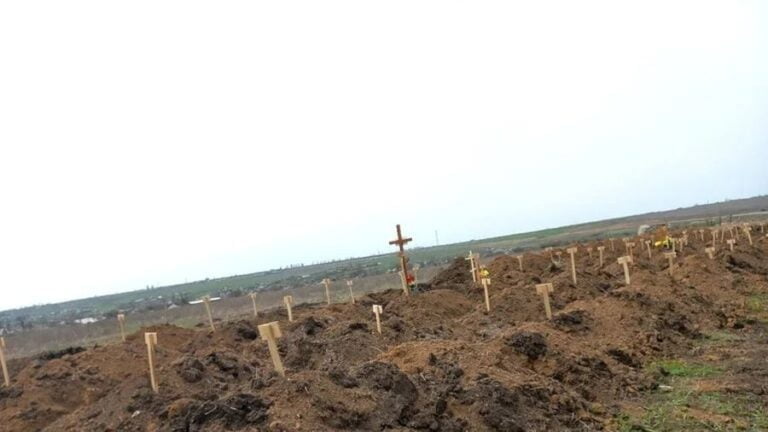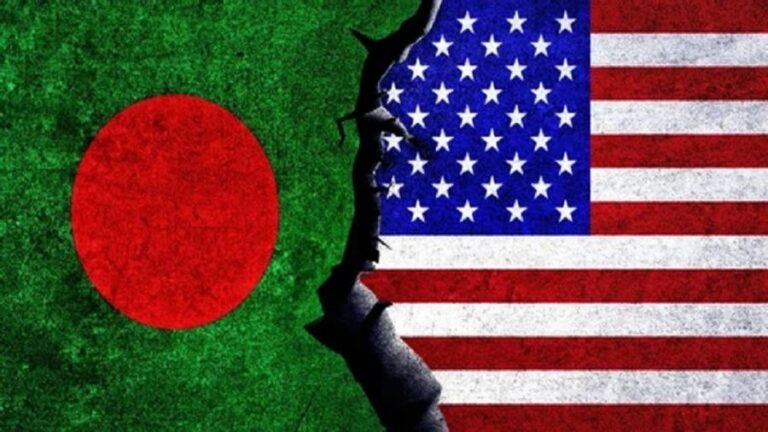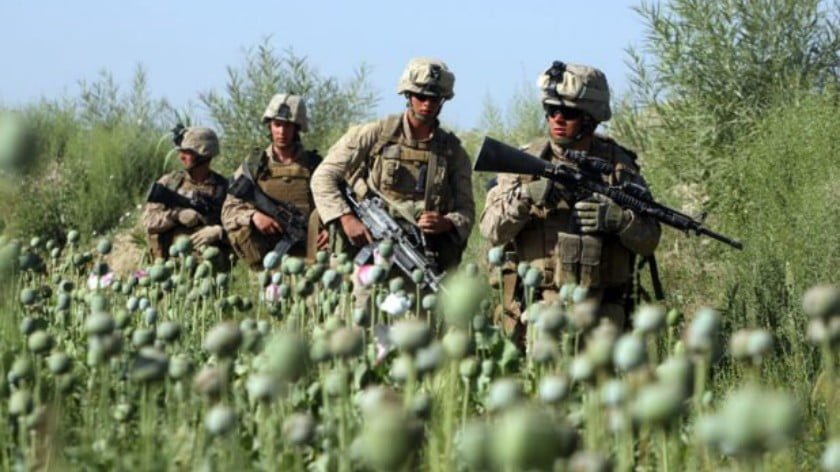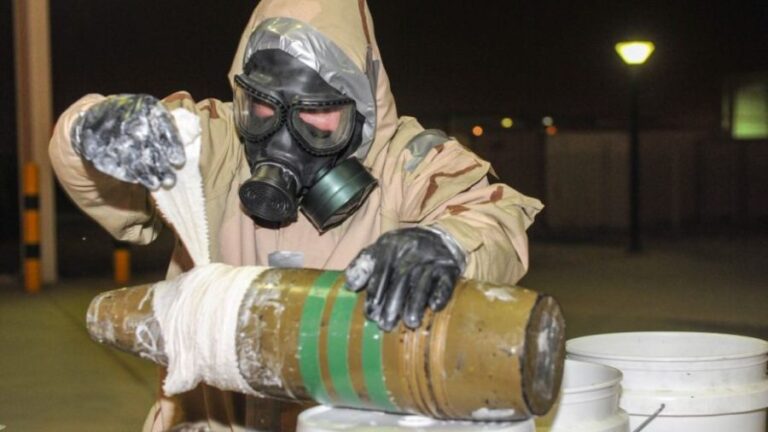Where to Next For Rohingya Refugees?
Southeast Asia could experience an explosion of refugees not seen since the end of the Indochina War unless more is done in the next two months to resolve the plight of some one million Rohingya who have been forced out of Myanmar into neighboring Bangladesh.
That’s the assessment of former Indonesian attorney-general Marzuki Darusman, head of a United Nations fact-finding team investigating what the UN has already said may be the clearest case of ‘ethnic cleansing’ since the war in the Balkans in the 1990s.
Some displace Rohingya have already begun to trickle into India and Pakistan, but the main destination countries would almost certainly be Muslim majority Indonesia and Malaysia, 800-1,000 kilometers away across the Bay of Bengal and the Andaman Sea.
Senior refugee officials remain skeptical there will be such a mass exodus, doubtful that the Rohingya have the means and, just as importantly, access to seaworthy boats to make the hazardous journey to an equally uncertain future.
But they say those circumstances could soon change. While many had to flee with merely the clothes on their backs, that doesn’t mean they could not be provided over time with money from the Rohingya diaspora living in the Middle East and South Asia.

Decades of state-sponsored persecution have already seen 600,000 Rohingya drift across land borders to settle in India (40,000), Pakistan (350,000), Saudi Arabia (200,000) and the United Arab Emirates (10,000), according to refugee agencies.
More than 108,600 Vietnamese boat people landed in Thailand, Malaysia and Indonesia between 1975 and 1985, but twice that number are thought to have died in storms and while braving a brutal cordon of fishermen-turned-pirates in the desperate voyage across the Gulf of Thailand.
Another 750,000 Cambodians and 315,000 Laotians fled into packed refugee camps along the length of the Thai border, while an additional 300,000 Cambodians sought sanctuary in Vietnam, which was at war with the radical Maoist Khmer Rouge regime.
Darusman thinks the Rohingya exodus from a patchwork of squalid camps around the Bangladesh fishing port of Cox’s Bazar could begin before the end of the year, with regional governments either unwilling or unable to do much about it.
What could trigger it, he and other sources believe, is next year’s Bangladesh general elections where the Rohingya issue is expected to figure among the campaign issues and could galvanize politicized calls claiming the refugees have outlived their welcome.
“The public is still sympathetic,” says Darusman, a veteran of similar UN investigative missions in Pakistan, Sri Lanka and North Korea whose three-man team has so far been denied entry to Myanmar. “But that could wear out pretty quickly.”
In a recent address to the UN, Bangladeshi Prime Minister Sheikh Hasina called for the early return of all refugees to internationally supervised safe zones inside Myanmar’s western Rakhine State, still home to up to 400,000 Rohingya.

Bangladesh and Myanmar set up a working group last month, ostensibly to prepare for repatriation. But Yangon-based diplomats say Myanmar’s military, inured to outside criticism after a history of self-imposed isolation, appears in no mood to resolve anything.
Indonesian Foreign Minister Retno Marsudi has tried to initiate a common regional approach to the issue, but this week’s Association of Southeast Asian Nations (Asean) summit in Manila studiously avoided mentioning the Rohingya in a joint statement issued after the talks.
Instead, the communique referred only to the importance of humanitarian relief for victims of natural disasters in Vietnam, the Philippine government siege of the Islamic State aligned militant-held city of Marawi, and “affected communities” in northern Rakhine.
Avoiding use of the word ‘Rohingya’ altogether, it made no mention of the massive exodus, or the situation in Rakhine, even though the crisis, and its attendant brutality and bloodshed, has attracted global headlines and now threatens to become a region-wide problem.
“It’s even more disappointing than I thought it would be,” says Darusman. “It’s the pragmatic approach they (the nine other Asean member countries) feel they have to take to draw Myanmar into a conversation. That’s the trade-off.”

For Myanmar de facto leader Aung San Suu Kyi, who was in Manila for the summit, it is also an embarrassing reminder of her 15 years under house arrest when she criticized Asean’s principle of non-interference in domestic affairs, describing it then as an excuse to do nothing.
The Rohingya have been the target of sectarian violence since the 1970s, but tens of thousands of Rohingya boat people landed in Thailand and Malaysia between 2012 and 2015 before the most recent crackdown drove 600,000 more refugees into Bangladesh.
With the United Nations Commissioner for Human Rights (UNHCR) and local authorities registering 62,000 out of a population credible sources say may be as high as 100,000, Malaysia has been reluctant to give them official refugee status.
But Malaysian Deputy Prime Minister Ahmad Zahid Hamidi recently announced a pilot scheme that would allow the Rohingya to work officially, so long as they are UNHCR card-holders and have passed health screening.
More than 1,000 Rohingya landed in Indonesia’s northern Aceh province in 2015, the only Rakhine refugees to have come ashore in the archipelago so far – and then because they were thrown off course as they crossed the Andaman Sea.
About 350 have since disappeared, but the rest are living in community housing in the North Sumatran capital of Medan, receiving a monthly 1.2 million rupiah (US$90) allowance from the International Organization for Migration (IOM).

Indonesia is still home to 14,000 other refugees and asylum seekers who arrived over the past decade and now have scant hope of resettlement after Australia, their intended destination, banned entry to anyone who registered with the UNHCR after July 2014.
The UNHCR is now encouraging the mainly Afghan, Iranian, Iraqi and Somali nationals to accept their situation, learn the Indonesian language, get involved in the local community and try to enroll their children in public schools.
Indonesian President Joko Widodo’s administration remains silent on their status, mostly because it is not considered an urgent enough national problem and is being handled as a purely local government issue across the length of the archipelago.
That would change if there was a significant exodus of Rohingya refugees from Bangladesh. “If that happened, there’s no question the military would take over and they would be confined to an island,” says one retired refugee official with extensive experience in the region.
It would be a throw-back to the days of the Indochinese exodus when Galang island, south of Singapore, was host to a shifting population of 250,000 Vietnamese, who were all eventually resettled.
But with resettlement not available to the Rohingya, the former refugee official says things would be very different this time: “No American funding, no UNHCR and no foreign relief agencies. It would be miserable.”
By John McBeth
Source: Asia Times







